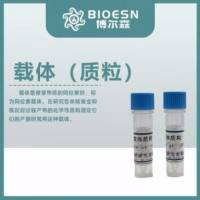Induction and Analysis of Cardiac Hypertrophy in Transgenic Animal Models
互联网
254
Myocardial hypertrophy is an adaptational process of the heart to increased workload caused by mechanical stress, growth factors, cytokines, catecholamines, or primary genetic abnormalities. Chronic induction of hypertrophy leads to the gradual deterioration of ventricular function and is an independent risk factor for cardiac-related morbidity and mortality in patients with hypertension and ventricular arrythmias. Transgenic animals are very useful models to study the factors involved in the pathogenesis of cardiac hypertrophy. To achieve this goal, rodents lacking or overexpressing a specific gene are subjected to banding of the abdominal aorta, an experimental model of cardiac hypertrophy that leads to pressure overload on the heart. After periods between 3 and 21 d, parameters such as cardiac hemodynamics, morphologic alterations, and expression of marker genes (e.g., the gene for atrial natriuretic peptide) are analyzed in genetically modified animals and compared with controls elucidating a possible implication of the modified gene in the pathogenic process leading to myocardial hypertrophy. This article summarizes the techniques necessary to induce left ventricular hypertrophy by aortic banding and to analyze the effects of this experimental model on hemodynamics, cardiac morphology, and gene expression of transgenic and control animals.









